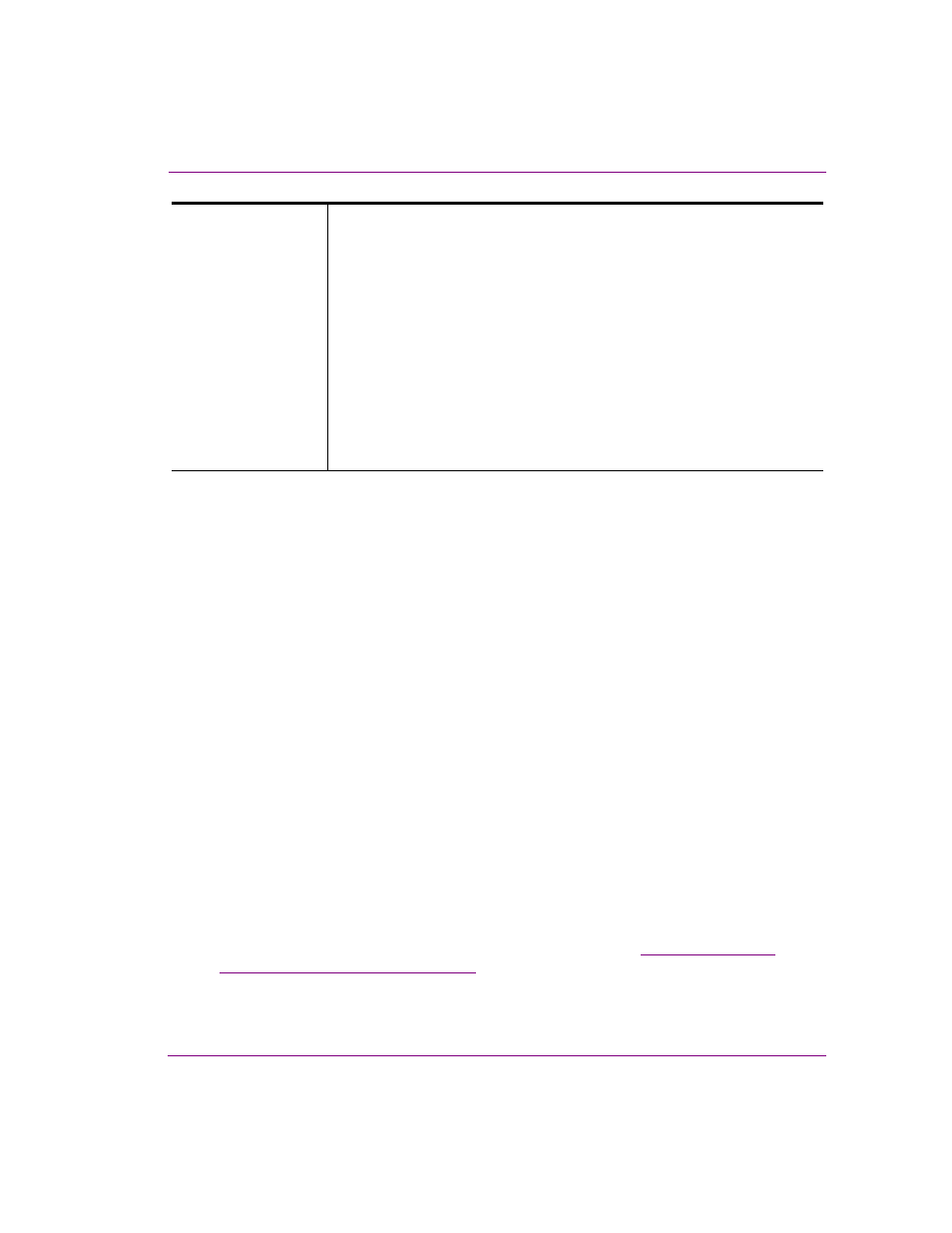Grass Valley Xstudio Vertigo Suite v.4.10 User Manual
Page 156

Xstudio User Manual
7-13
Animating scene objects
C
USTOM
command channels can also be added to enable animation techniques that are
exclusively sent to ImageStore master control switchers.
When a keyframe is encountered on the timeline’s command channel, the specified
command is sent to the ImageStore where it performs the intended task. For example, there
are custom commands that allow you to control the ImageStore's graphics keyers, and
others for controlling the DVEs.
You can preview all of the custom commands available by right-clicking on an object
channel in the Animation Tree and selecting A
DD
C
OMMAND
C
HANNEL
>C
USTOM
.
Descriptions of each command are available in the ImageStore user documentation. For
instructions using command channels in your scene animations, see
“Adding and setting a
Custom command channel” on page 7-31
.
Ancillary Source
Priority...
continued
The highest priority ancillary data, if it exists, will be written to the output. If the
Ancillary Source Priority is not set, the Vertigo XG and Intuition XG defaults to
the following ancillary priority assignments:
•
Clip => Priority 3
•
Input A => Priority 2
•
Input B => Priority 1
Therefore, the clip’s ancillary data would be written to the output first. If clip
ancillary data does not exist, then Input A’s ancillary data will be written to the
output. If Input A’s ancillary data does not exist, then Input B’s ancillary data
will be written to the output.
When the Ancillary Source Priority is set, the PRIORITY field defaults to 0, but
it can be set to values between 0 and 100. A PRIORITY value of 0 means do
not include ancillary data in the output, while the rest of the values are relative
to the other sources.
•
Audio fade rate
•
Fade rate DSK1
•
Load live DSK1
•
Custom command
•
Fade rate DSK2
•
Load live DSK2
•
DVE cut
•
Fade rate voice-over 1
•
Play audio clip
•
DVE move
•
Fade rate voice-over 2
•
Preset level voice-over 1
•
DVE move Default
•
Fade video to A
•
Preset level voice-over 2
•
DVE move reverse
•
Fade video to B
•
SD DVE mode = Behind
•
DVE move reverse Default•
Fade voice-over 1 off
•
SD DVE mode = None
•
DVE reverse Cut
•
Fade voice-over 1 on
•
SD DVE mode = Reveal MG
•
Duck level voice-over 1
•
Fade voice-over 2 off
•
Set voice-over shuffles input channel 1
•
Duck level voice-over 2
•
Fade voice-over 2 on
•
Set voice-over shuffles input channel 2
•
Fade DSK1 down
•
HD DVE mode = AB Mixer
•
Set voice-over shuffles input channel 3
•
Fade DSK1 up
•
HD DVE mode = AB Over DSK1•
Set voice-over shuffles input channel 4
•
Fade DSK2 down
•
HD DVE mode = Bypass
•
Unload Live DSK 1
•
Fade DSK2 up
•
HD DVE mode = None
•
Unload Live DSK 2
•
Fade audio to A
•
Load Live DSK1
•
Unload live DSK 1
•
Fade audio to B
•
Load Live DSK 2
•
Unload live DSK 2
